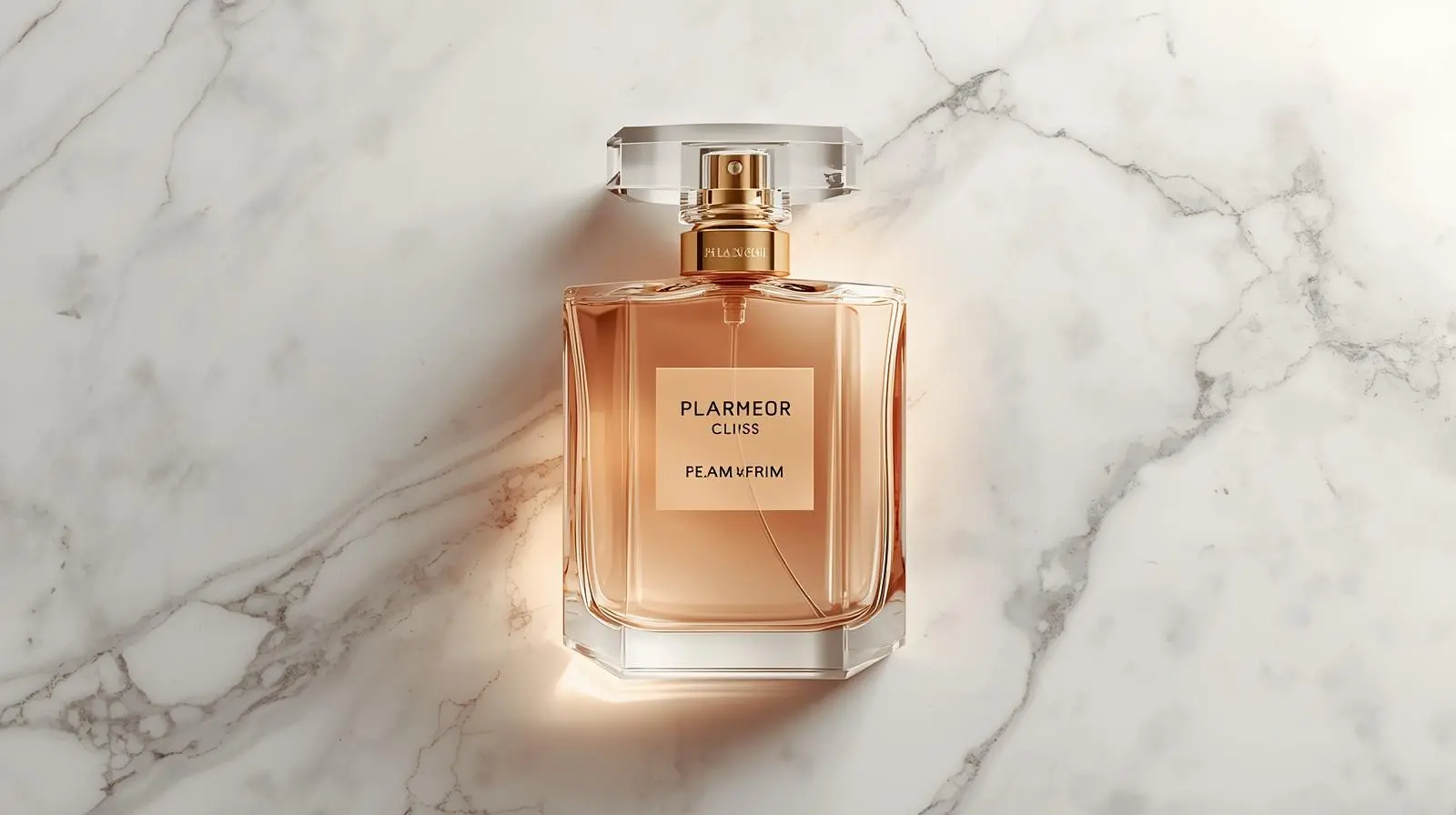Perfume is one of humanity’s oldest luxuries, yet also one of its most personal expressions. A single fragrance can tell a story, shape an identity, or trigger a memory. From the burning of aromatic woods in ancient temples to the sleek glass bottles displayed in modern stores, perfume has always symbolized beauty, spirituality, and sophistication. It is more than just a pleasant scent—it is a blend of art, science, and culture.
The word perfume itself comes from the Latin phrase per fumum, meaning “through smoke.” This origin reflects the earliest use of perfume in rituals, where incense and aromatic resins were burned to honor gods or ward off evil spirits. Over centuries, the practice evolved into the crafting of liquid fragrances, combining oils, flowers, spices, and alcohol. Today, perfume is a global industry worth billions, encompassing everything from everyday body sprays to rare luxury creations valued for their artistry.
This essay explores the history, science, cultural meaning, and modern relevance of perfume. It traces its journey from ancient civilizations to the present day, examines how perfumes are made, analyzes their role in fashion and psychology, and considers their future in an age of sustainability and technology. By understanding perfume’s story, we uncover not only the evolution of fragrance but also the enduring human desire to capture beauty and identity in scent.
The Origins of Perfume
Perfume in Ancient Egypt
Egypt is often considered the birthplace of perfume. The Egyptians used aromatic oils and resins in religious rituals, believing fragrance connected the physical and spiritual worlds. Perfume was burned in temples to honor gods like Ra and Isis. It was also used in embalming, ensuring the dead were preserved with dignity. Cleopatra, the famous queen, was said to have used perfume to seduce and enchant, most notably by perfuming the sails of her ship when meeting Julius Caesar. Perfume in Egypt symbolized power, divinity, and status.
Perfume in Ancient Greece
The Greeks adopted perfume from Egypt but gave it new symbolic meanings. For them, fragrance was tied to beauty, health, and philosophy. Hippocrates, the father of medicine, believed in the therapeutic properties of scents, using them to treat illnesses. Perfumes were crafted from flowers like roses, lilies, and violets, and were often associated with gods and goddesses—Aphrodite, the goddess of love, was linked with roses and sweet fragrances.
Perfume in Ancient Rome
Rome expanded on Greek traditions, making perfume part of everyday life. Wealthy Romans bathed in scented oils, perfumed their clothes, and even used fragrance on their pets. Pliny the Elder, a Roman scholar, documented hundreds of recipes for perfumes and oils. Perfume was a marker of luxury and decadence in Roman society, often criticized by moralists but embraced by the elite.
The Middle East and Arabia
While Egypt, Greece, and Rome laid foundations, the Middle East perfected perfume-making. The Arab world pioneered techniques like distillation, allowing more refined extraction of essential oils. The Persian physician Avicenna (Ibn Sina) is credited with improving the distillation process, particularly for rose water. Perfume became an essential part of Islamic culture, tied to cleanliness and spirituality. The Prophet Muhammad encouraged the use of fragrance, which gave perfume a strong cultural and religious foundation in the Islamic world.
Perfume in the Middle Ages and Renaissance
Medieval Europe
In the Middle Ages, perfume use in Europe declined somewhat due to the fall of the Roman Empire and the rise of Christianity, which often associated excess fragrance with vanity. However, perfumes remained important in monasteries and apothecaries, where herbal knowledge was preserved. Fragrance was used not only for beauty but also for protection—people believed strong scents warded off disease, especially during the Black Plague.
The Renaissance
The Renaissance brought perfume back into fashion with renewed vigor. Trade with the Arab world reintroduced perfumes to Europe, and Italy became a center of perfume-making. Catherine de’ Medici, an Italian noblewoman who married the French king Henry II, brought her personal perfumer with her to France, helping establish France as the perfume capital of the world. Perfumes were seen as a symbol of sophistication, with new techniques and exotic ingredients imported from around the globe.
The Art and Science of Perfume Making
Ingredients
Perfume is made from both natural and synthetic ingredients. Natural ingredients include flowers (rose, jasmine, lavender), fruits (citrus, berries), spices (cinnamon, cardamom), resins (myrrh, frankincense), and woods (sandalwood, cedar). Animal-derived substances like musk and ambergris were once common, though now largely replaced with synthetics due to ethical concerns.
The Structure of Perfume
Perfume is designed in layers, called notes:
- Top Notes: The first impression, often fresh and light (citrus, herbs).
- Heart (Middle) Notes: The main body, usually floral or spicy.
- Base Notes: The long-lasting foundation, often woody, musky, or amber-like.
These layers blend to create complexity, unfolding over time on the skin.
The Perfumer’s Craft
A perfumer, sometimes called a “nose,” requires years of training to recognize and combine thousands of scents. The process involves blending essential oils with alcohol and water in precise ratios, followed by aging, which allows the fragrance to develop. Perfume creation is often described as both science and art—a balance of chemistry and creativity.
Perfume in Modern Times
The Rise of French Perfumery
France, especially the town of Grasse, became the global center for perfume production in the 17th and 18th centuries. French aristocracy embraced perfume to mask odors in a time when bathing was infrequent. Louis XIV, the “Perfume King,” demanded perfumes for himself, his clothing, and even the fountains at Versailles.
Today, French houses like Chanel, Dior, and Guerlain dominate the luxury perfume market. Chanel No. 5, launched in 1921, remains one of the most iconic fragrances in history, known for its bold use of synthetic aldehydes.
Perfume as an Industry
The global perfume industry today is worth over $50 billion annually. It ranges from affordable body sprays and celebrity fragrances to exclusive niche perfumes costing thousands of dollars per bottle. Marketing plays a crucial role, with advertisements often emphasizing romance, mystery, or empowerment rather than the actual scent.
Perfume as Identity and Psychology
Perfume is deeply personal. Unlike clothing or accessories, scent is invisible, yet it can leave a lasting impression. Psychologists describe perfume as a “second skin,” an extension of personality. A fresh citrus fragrance might signal energy and playfulness, while a deep musky perfume may express sophistication or sensuality.
Perfume and Memory
The connection between scent and memory is powerful, due to the brain’s olfactory system being linked with the limbic system, which processes emotion. A single whiff of perfume can transport someone back to childhood, remind them of a loved one, or revive a forgotten moment. This is why perfumes are often described as “bottled memories.”
Perfume and Confidence
Many people wear perfume as part of their daily routine to boost confidence. Just as clothing can enhance self-image, a signature scent can make someone feel more attractive, professional, or unique.
Perfume in Fashion and Marketing
Perfume is a major extension of the fashion industry. Brands like Chanel, Dior, Gucci, and Yves Saint Laurent use fragrance lines to complement their clothing collections. Perfumes are marketed not only as scents but as lifestyles and dreams in a bottle.
Celebrity perfumes are also a huge trend, with stars like Britney Spears, Rihanna, and David Beckham releasing signature fragrances. These often target younger audiences with affordable prices and catchy marketing.
Advertising plays a central role in perfume sales. Commercials and magazine ads use imagery of romance, luxury, or mystery, rarely describing the actual notes. Instead, they sell an emotional experience—what wearing the perfume is supposed to feel like.
The Future of Perfume
The perfume industry is evolving with new technologies and ethical concerns. Sustainability is now a priority, with brands exploring eco-friendly packaging, cruelty-free testing, and plant-based ingredients. Biotechnology is being used to recreate rare scents without harming the environment. Personalized perfumes, designed using AI and DNA analysis, are also emerging, offering consumers unique fragrances tailored to their body chemistry.
As society grows more conscious of health and the environment, perfumes will continue to adapt while maintaining their role as symbols of beauty, memory, and individuality.
Conclusion
Perfume is more than a fragrance—it is a reflection of history, culture, science, and human identity. From the sacred incense of ancient temples to the high-tech laboratories of today, perfume has evolved but never lost its magic. It connects us to the past, enhances our present, and promises innovation for the future.
For some, perfume is a luxury; for others, it is a daily ritual. But universally, it is an invisible language, speaking through memory, emotion, and personality. It can make us feel elegant, powerful, or nostalgic, all with a single breath.
In the end, perfume’s greatest power lies in its ability to capture the essence of life itself—fleeting, beautiful, and unforgettable.



